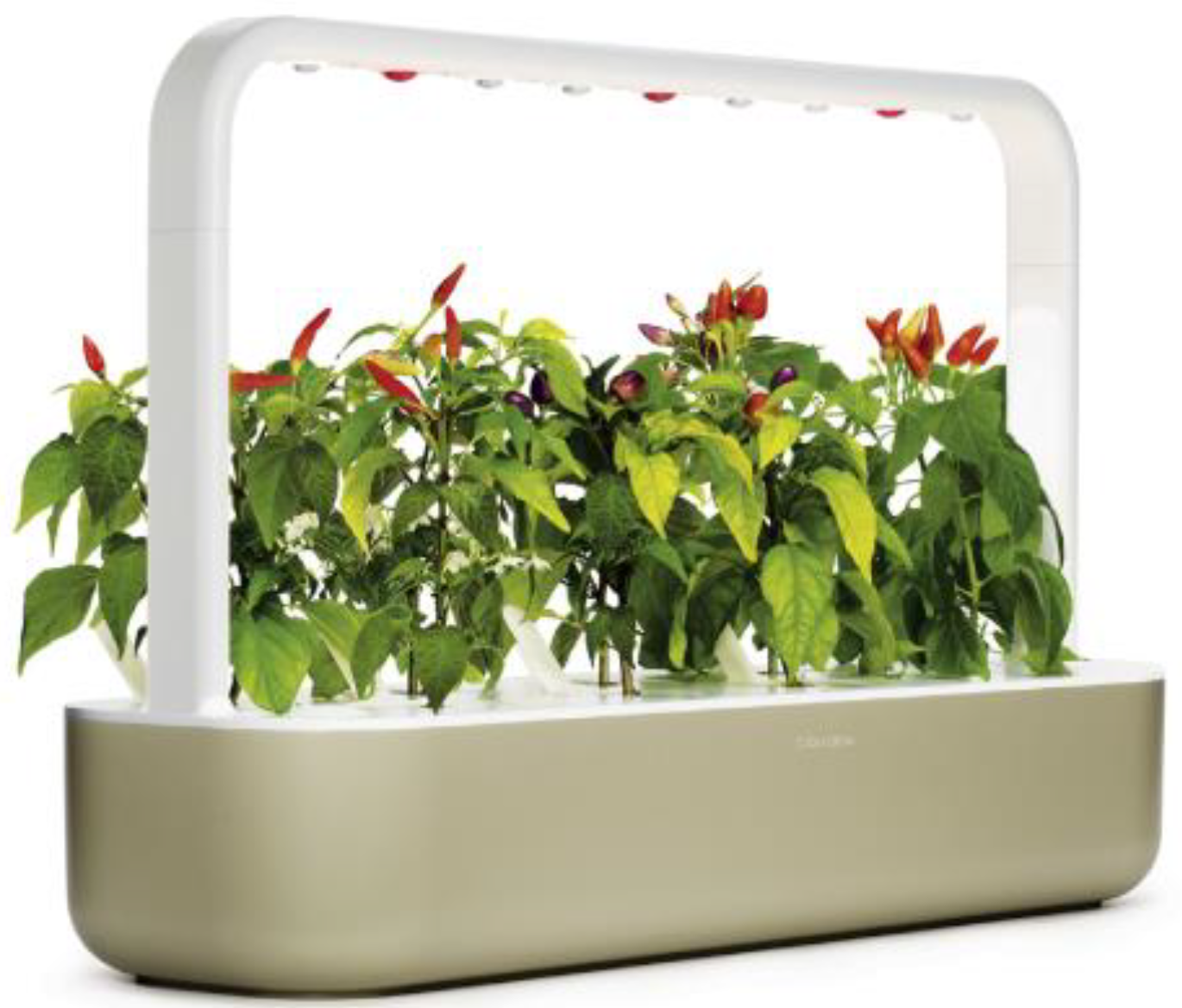Vertical Farming—Current Practices and Its Future †
Abstract
1. Introduction
2. Vertical Farming System
2.1. Crop Selection
2.2. Environment Control System
2.3. Waste Management System
2.4. Smart Devices
3. Related Work
4. Benefits, Challenges and Future Perspective of Vertical Farming
Author Contributions
Funding
Institutional Review Board Statement
Informed Consent Statement
Data Availability Statement
Acknowledgments
Conflicts of Interest
References
- Benke, K.; Tomkins, B. Future food-production systems: Vertical farming and controlled-environment agriculture. Sustain. Sci. Pract. Policy 2017, 13, 13–26. [Google Scholar] [CrossRef]
- Birkby, J. Vertical farming. ATTRA Sustain. 2016, 2, 1–12. [Google Scholar]
- AlShrouf, A. Hydroponics, aeroponic and aquaponic as compared with conventional farming. Am. Acad. Sci. Res. J. Eng. Technol. Sci. 2017, 27, 247–255. [Google Scholar]
- Elouafi, I.; Shahid, M.A.; Begmuratov, A.; Hirich, A. The Contribution of Alternative Crops to Food Security in Marginal Environments. In Emerging Research in Alternative Crops; Hirich, A., Choukr-Allah, R., Ragab, R., Eds.; Springer International Publishing: Cham, Switzerland, 2020; pp. 1–23. [Google Scholar]
- Cicekli, M.; Barlas, N.T. Transformation of today greenhouses into high technology vertical farming systems for metropolitan regions. J. Environ. Prot. Ecol. 2014, 15, 1779–1785. [Google Scholar]
- Kalantari, F.; Mohd Tahir, O.; Mahmoudi Lahijani, A.; Kalantari, S. A Review of Vertical Farming Technology: A Guide for Implementation of Building Integrated Agriculture in Cities. Adv. Eng. Forum 2017, 24, 76–91. [Google Scholar] [CrossRef]
- Dillet, R. Agricool Raises Another $28 Million to Grow Fruits in Containers. Available online: https://techcrunch.com/2018/12/03/agricool-raises-another-28-million-to-grow-fruits-in-containers/ (accessed on 6 November 2022).
- Grow, C. Click & Grow Raises $11 Million in Investment. Available online: https://asia.clickandgrow.com/blogs/news/click-grow-raises-11-million-in-investment (accessed on 6 November 2022).
- Butturini, M.; Marcelis, L.F.M. Chapter 4—Vertical farming in Europe: Present status and outlook. In Plant Factory, 2nd ed.; Kozai, T., Niu, G., Takagaki, M., Eds.; Academic Press: Wageningen, The Netherlands, 2020. [Google Scholar]
- Souissi, M. A Greenhouse in an Auchan Hypermarket. Available online: https://www.internationalsupermarketnews.com/a-greenhouse-in-an-auchan-hypermarket/ (accessed on 6 November 2022).
- Maxwell, M. Metro Cash & Carry Trials In-Store Farms. Available online: https://www.fruitnet.com/eurofruit/metro-cash-and-carry-trials-in-store-farms/168307.article (accessed on 6 November 2022).
- Kulak, M.; Graves, A.; Chatterton, J. Reducing greenhouse gas emissions with urban agriculture: A Life Cycle Assessment perspective. Landsc. Urban Plan. 2013, 111, 68–78. [Google Scholar] [CrossRef]


Publisher’s Note: MDPI stays neutral with regard to jurisdictional claims in published maps and institutional affiliations. |
© 2022 by the authors. Licensee MDPI, Basel, Switzerland. This article is an open access article distributed under the terms and conditions of the Creative Commons Attribution (CC BY) license (https://creativecommons.org/licenses/by/4.0/).
Share and Cite
Naqvi, S.M.Z.A.; Saleem, S.R.; Tahir, M.N.; Hussain, S.; Ul Haq, S.I.; Awais, M.; Qamar, S. Vertical Farming—Current Practices and Its Future. Environ. Sci. Proc. 2022, 23, 4. https://doi.org/10.3390/environsciproc2022023004
Naqvi SMZA, Saleem SR, Tahir MN, Hussain S, Ul Haq SI, Awais M, Qamar S. Vertical Farming—Current Practices and Its Future. Environmental Sciences Proceedings. 2022; 23(1):4. https://doi.org/10.3390/environsciproc2022023004
Chicago/Turabian StyleNaqvi, Syed Muhammad Zaigham Abbas, Shoaib Rashid Saleem, Muhammad Naveed Tahir, Saddam Hussain, Syed Ijaz Ul Haq, Muhammad Awais, and Salman Qamar. 2022. "Vertical Farming—Current Practices and Its Future" Environmental Sciences Proceedings 23, no. 1: 4. https://doi.org/10.3390/environsciproc2022023004
APA StyleNaqvi, S. M. Z. A., Saleem, S. R., Tahir, M. N., Hussain, S., Ul Haq, S. I., Awais, M., & Qamar, S. (2022). Vertical Farming—Current Practices and Its Future. Environmental Sciences Proceedings, 23(1), 4. https://doi.org/10.3390/environsciproc2022023004









